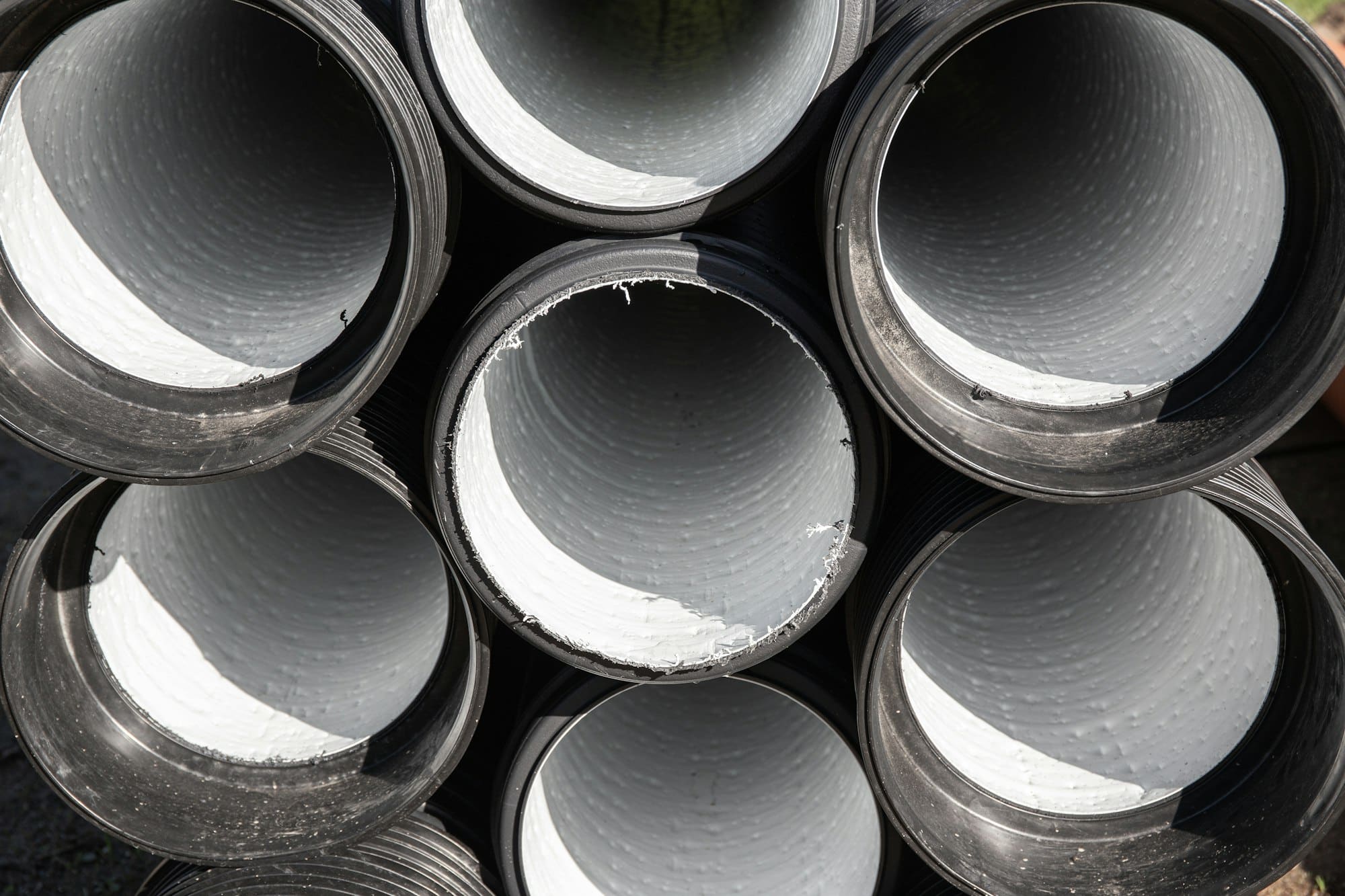How to Address Drainage Issues in New Developments to Prevent Flooding?

The increasing urbanization and demand for new developments have posed distinctive dilemmas, one of which is how to manage stormwater runoff efficiently. As more and more lands are converted into concrete jungles, the permeability of the soil decreases. This unprecedented transformation results in increased water runoff during rainfall, leading to a higher risk of flooding. As you plan your new developments, you must consider proper drainage systems to mitigate the risk of flooding. This article will guide you through understanding the importance of drainage, designing effective systems, and managing stormwater to safeguard your property.
Understanding the Importance of Drainage Systems
Drainage management is vital in any new development, not only to prevent flooding but to protect your property from water damage. An effective drainage system will help divert stormwater away from your property, reducing the risk of flooding. Without a proper drainage system in place, your property is at risk of being inundated in a flood, leading to significant damage and potential loss.
A voir aussi : What Are Effective Landscaping Solutions for Enhancing Residential Property Values?
Understanding the impact of water on your property is essential. Water runoff from rain can cause soil erosion, especially in areas with loose soil. This not only affects the landscape but could also undermine the structural integrity of your buildings.
Also, consider the impact of a flood on your development. Flooding can damage the foundation of buildings, ruin landscaping, and even contaminate the living environment. Besides the physical damage, it is also crucial to consider the financial implications. Flood damage is often not covered by regular property insurance policies, and the cost of repairs or rebuilding can be significant.
A voir aussi : What Customer Relationship Management Systems Are Most Effective for Real Estate Agencies?
Designing an Effective Drainage System
A well-designed drainage system is key to managing stormwater runoff and preventing floods in your development area. When designing your drainage system, you should consider several factors such as the soil type, the terrain, and the average rainfall in your area.
Soil type plays a crucial role in stormwater management. For instance, sandy soil has good drainage properties, but clay or silt soils have poor drainage characteristics. If your development area has soil with poor drainage properties, you need to design a more robust drainage system.
The terrain of your property will also influence the design of your drainage system. If your land is flat, you might need to create a slope to encourage water to flow away from your development. On the other hand, if your property is on a slope, you need to ensure that water does not flow too rapidly causing erosion.
Rainfall is another vital factor to consider. If your area receives heavy rainfall, you need a drainage system capable of handling large volumes of water. Remember, the capacity of your drainage system must be able to deal with the worst-case scenario to prevent flooding effectively.
Incorporating Natural Drainage Solutions
Incorporating natural drainage solutions into your development can complement your drainage system and help manage stormwater runoff. These solutions often involve using plants and natural materials to absorb and slow down the flow of water.
Creating rain gardens or bioswales in your development is an excellent way to manage stormwater. These features are designed to absorb water, slowing its flow and reducing the risk of flooding. They also help to improve the quality of the runoff water by filtering out pollutants.
Using permeable paving is another effective natural drainage solution. Unlike traditional paving, permeable paving allows water to seep through into the ground, reducing the volume of runoff.
The soil in green spaces also plays a crucial role in natural drainage. By maintaining green spaces in your development, you encourage the absorption and slow release of stormwater, reducing the risk of flooding.
Implementing Stormwater Management Practices
Stormwater management practices are measures that help control the flow and quality of stormwater runoff. Implementation of these practices can significantly reduce the risk of flooding in your development.
Detention basins or ponds are commonly used stormwater management practices. They are designed to hold a specified amount of water runoff, acting like a "detention" center for stormwater. These structures temporarily store runoff and release it slowly over time, helping to manage the volume of water flowing into your drainage system.
Rainwater harvesting is another effective stormwater management practice. By collecting and storing rainwater from rooftops, you can reduce the volume of runoff and reuse the water for landscaping or other non-drinking purposes.
Additionally, regular maintenance of your drainage system is an integral part of stormwater management. Blocked drains can exacerbate flooding issues. Regular inspections and cleaning will ensure that your system remains effective in managing water runoff.
Ensuring Compliance with Local Regulations
When planning and implementing these measures, it is crucial to ensure compliance with local regulations. Many areas have specific rules and guidelines regarding stormwater management and drainage systems in new developments. Non-compliance can result in penalties, and in some cases, it may prevent your development from moving forward.
Local regulations might dictate the design and capacity of your drainage system, the acceptable levels of runoff, and the implementation of stormwater management practices. Therefore, it’s essential to familiarize yourself with these regulations and ensure that your development plans align with them.
Remember, every development is unique and requires a tailored approach to drainage and flood prevention. By understanding the importance of drainage, designing effective systems, incorporating natural solutions, implementing stormwater management practices, and complying with local regulations, you can mitigate the risk of flooding and protect your development.
Considering Climate Change and Sea Level Rise in Drainage Planning
In the context of increasing urbanization, it’s essential not to ignore the influence of climate change on drainage planning. Rising sea levels and unpredictable weather patterns present an ever-increasing challenge for managing surface water and preventing flooding in new developments.
Climate change can exacerbate existing drainage problems, making it more important than ever to have effective drainage systems in place. Rising sea levels can increase flood risk, especially in coastal areas. This risk is compounded in urban areas where the prevalence of impermeable surfaces increases the volume of stormwater runoff.
Addressing the impacts of climate change in your drainage planning involves considering worst-case scenarios. This might include unusually heavy rainfall events or high sea levels. Your drainage system should be able to cope with these extreme conditions to provide effective flood protection.
Moreover, it’s critical to take into account future climate scenarios in your planning. Climate change is a long-term phenomenon, and your drainage system should be designed to cope with the predicted conditions decades into the future. Anticipating these changes can help prevent costly future modifications to your drainage system.
Importance of Flood Insurance for New Developments
Flood damage can be costly, and as mentioned earlier, it is often not covered by standard homeowners insurance. This is where flood insurance comes in. While your primary aim should be to prevent flooding through effective stormwater management and drainage systems, it is prudent to have a backup plan. Flood insurance can provide a financial safety net if the worst should happen.
In the United States, flood insurance is made available through the National Flood Insurance Program (NFIP). Administered by the Federal Emergency Management Agency (FEMA), the NFIP provides coverage for flood damage that is not typically included in standard homeowners insurance policies.
It’s important to note that not all properties are eligible for NFIP coverage. The property must be located in a community that has joined the NFIP and agrees to enforce sound floodplain management standards. Therefore, as a developer, ensuring your new developments comply with these standards can provide your future homeowners with the opportunity to take advantage of this program.
Additionally, in some high-risk flood areas, flood insurance might be a requirement for obtaining a mortgage. Ensuring your development is backed by an adequate flood insurance policy is not only a wise financial decision but also a potential selling point for your property.
Conclusion
Addressing drainage issues in new developments is a complex task that requires knowledge, foresight, and a careful approach. With the pressures of urbanization and the challenges of climate change, it is more important than ever to design developments capable of managing stormwater runoff and preventing flooding.
Achieving this goal involves understanding the role of effective drainage systems, incorporating natural solutions like green infrastructure, implementing stormwater management practices, and complying with local regulations. Additionally, considering future implications of climate change and the importance of flood insurance can provide an extra layer of protection for your development.
By taking these steps, not only will you safeguard your property from flood damage, but you will also be contributing to broader efforts to maintain water quality and manage surface water in a changing climate. This commitment to responsible development can boost the reputation of your business and contribute to a more sustainable future for all.
